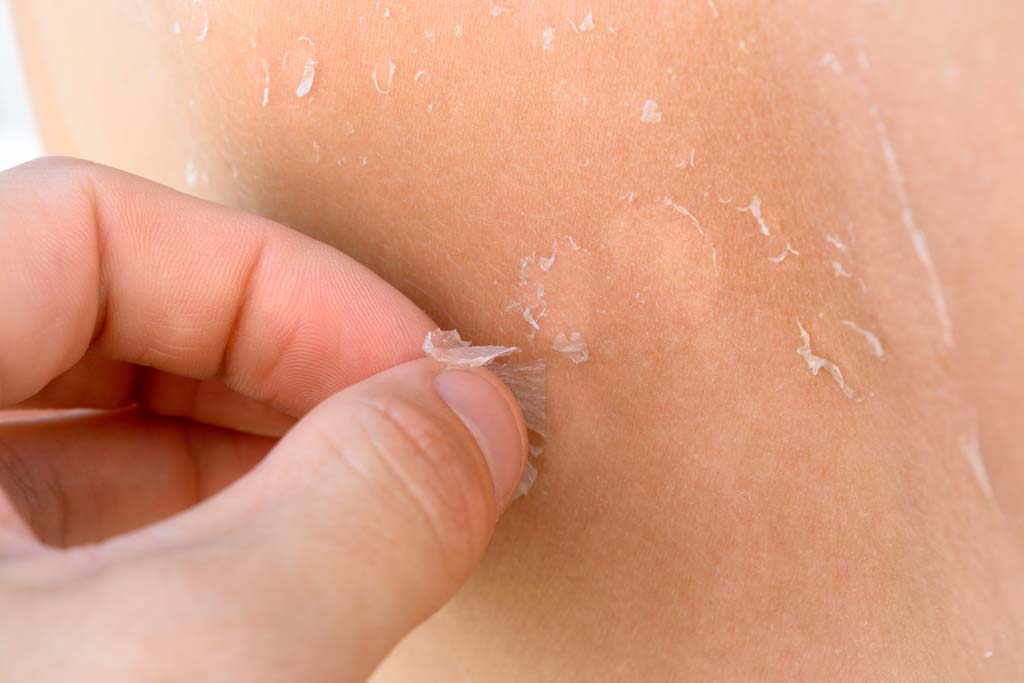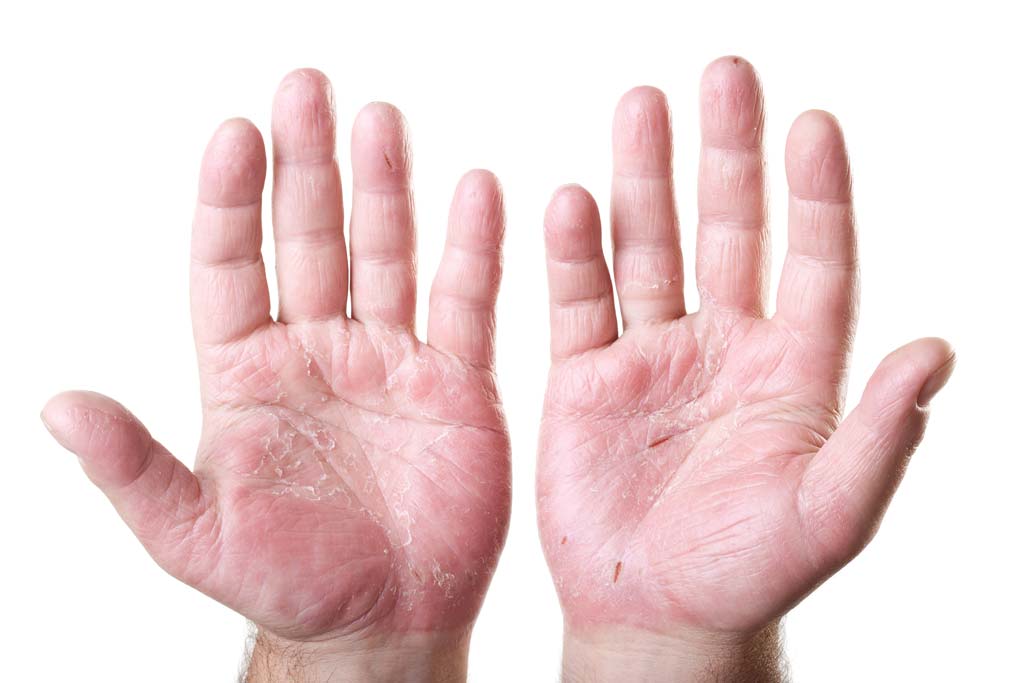Microbeads are small pieces of plastic with a diameter ranging from less than a millimetre to a millimetre and a quarter. Plastics less than 5mm in diameter fall into the category of microplastics. Microbeads are present in products ranging from facewashes, body washes, toothpaste, soaps, sunscreens, detergents, etc. The fact that these particles are so small basically ensures that they end up in the oceans since they cannot be separated by conventional sewage filtration systems. Since they are made up of plastic, microbeads take an incredibly long time to degrade naturally. Also, microbeads like other microplastics are known to absorb other pollutants present in the sewage runoff. Microbeads are consumed by smaller marine life like planktons which in turn are consumed by bigger fish, this way they work their way up the food chain and can be found in the stomachs of fish, sea-birds and other marine life and they might just end up back on your plate. There’s a tremendous amount of microbeads already present in our oceans. The dangers of microbead pollution have been recognized and steps have been taken by certain countries and even companies to ban microbeads.
Classification Of Microbeads And Their Presence In Everyday Products
Many of our household products contain microbeads. Beat the Microbead is an international campaign against the use of microplastics in cosmetic products supported by 95 NGOs from 40 countries. They have come up with a way to classify products into three category lists depending on their microbead content. These categories are
Red
The products in the red list contain microplastic ingredients these include but are not limited to nylon (PA), Polyethylene (PE), polypropylene (PP), Polyethylene Terephthalate (PET) and polymethyl methacrylate (PMMA).
Orange
these products also contain one or more microplastic ingredients including nylon (PA), Polyethylene (PE), polypropylene (PP), Polyethylene Terephthalate (PET) and polymethyl methacrylate (PMMA). The difference between red and orange categories is that the manufacturers of products in the orange category have promised to slowly phase out microplastics/microbeads from their products.
Green
the products classified as green do not contain any of the following microplastic ingredients like nylon (PA), Polyethylene (PE), polypropylene (PP), Polyethylene terephthalate (PET) and Polymethyl Methacrylate (PMMA) but it’s possible that they may contain other microplastics.
Zero
the products classified as zero do not contain any known microplastic ingredients. The manufacturer has guaranteed that these products do not contain microplastics hence it’s labelled with the ‘Zero’ logo. To obtain more details about these categories including product lists visit the website ‘beatthemicrobead.org’. They have also compiled a list of 67 microplastics which can be seen on their website. The easiest way to avoid microbead containing products would be to avoid any products having one or more of these microplastics as their ingredients. Some of the commonly available household products which contain microbeads or microplastics include –- Facewashes
- Bodywashes
- Scrubs/Peelers
- Soaps
- Sunscreens
- Detergents
- Toothpaste
The reason why cosmetic products, especially skincare products, have chosen to add microbeads is that they provide an exfoliating effect to clean the skin. In the case of detergents and toothpaste, the same exfoliating effects are used to clean stains on clothes and remove plaques from teeth respectively. While it isn’t definitive, an easy tell for products containing microbeads is that they have a grainy texture and appearance.
Alternatives Of Microbeads
The reason why plastic microbeads were initially utilized as exfoliants was that they were easy to produce and could be manufactured cheaply but now that we know about the environmental impacts caused by these microplastics it is unwise to continue using them in our daily lives. There are naturally available exfoliants which can and should be used in place of microbeads. Some of these include- Natural sea salt
- Baking soda
- Bamboo
- Coffee grounds
- Natural oatmeal/ ground oats
The above list is not exhaustive in any way, there are many more naturally available ingredients which can be used as an alternative to plastic microbeads. In many ways, these natural alternatives will be much more effective than microbeads because they have a much grittier texture (due to the fact that they are not perfectly spherical like microbeads) and hence will be more effective as exfoliants. Also, they are environmentally friendly. Some of the countries which have already banned microbeads include Canada, France, New Zealand, the United Kingdom and the United States. There are many more countries which have planned to enforce the ban on microbeads in the near-future including India. As a result of these actions, many manufacturers are also slowly phasing out microbeads from their products.
Conclusion - Save The Environment
Humans are polluting the environment more and more every day. Plastic is an essential material in our day to day lives but it has been overused leading to an enormous amount of plastic waste being produced all over the world. We should avoid using plastic in our day to day lives wherever it’s possible to do so and while this will not completely eliminate the plastic waste being produced it will certainly reduce it substantially. Microbeads are completely non-essential and can be easily phased out of our lifestyles. We should stop buying products containing plastic microbeads and microplastics. Just a careful look at the ingredients section of the products you’re buying will help you identify which products to avoid. Campaigns like ‘Beat the Microbead’ have not only made it easier to identify the products which contain microbeads but have also introduced the ‘Zero’ label in partnership with manufacturers so that consumers can easily identify microplastic free products. While a small step in combating plastic pollution it will still be a contributing step to make our lifestyles greener and more sustainable.
Also Read : Going Green: The Ethos Behind Environmentally Safe Beauty Products
Disclaimer: All the content on anveya.com/blogs is solely for information. It is not intended to be a substitute for professional medical advice, diagnosis or treatment. Always seek the advice of your physician or a qualified health care provider. The information, suggestion or remedies mentioned on this site are provided without warranty of any kind, whether express or implied.



